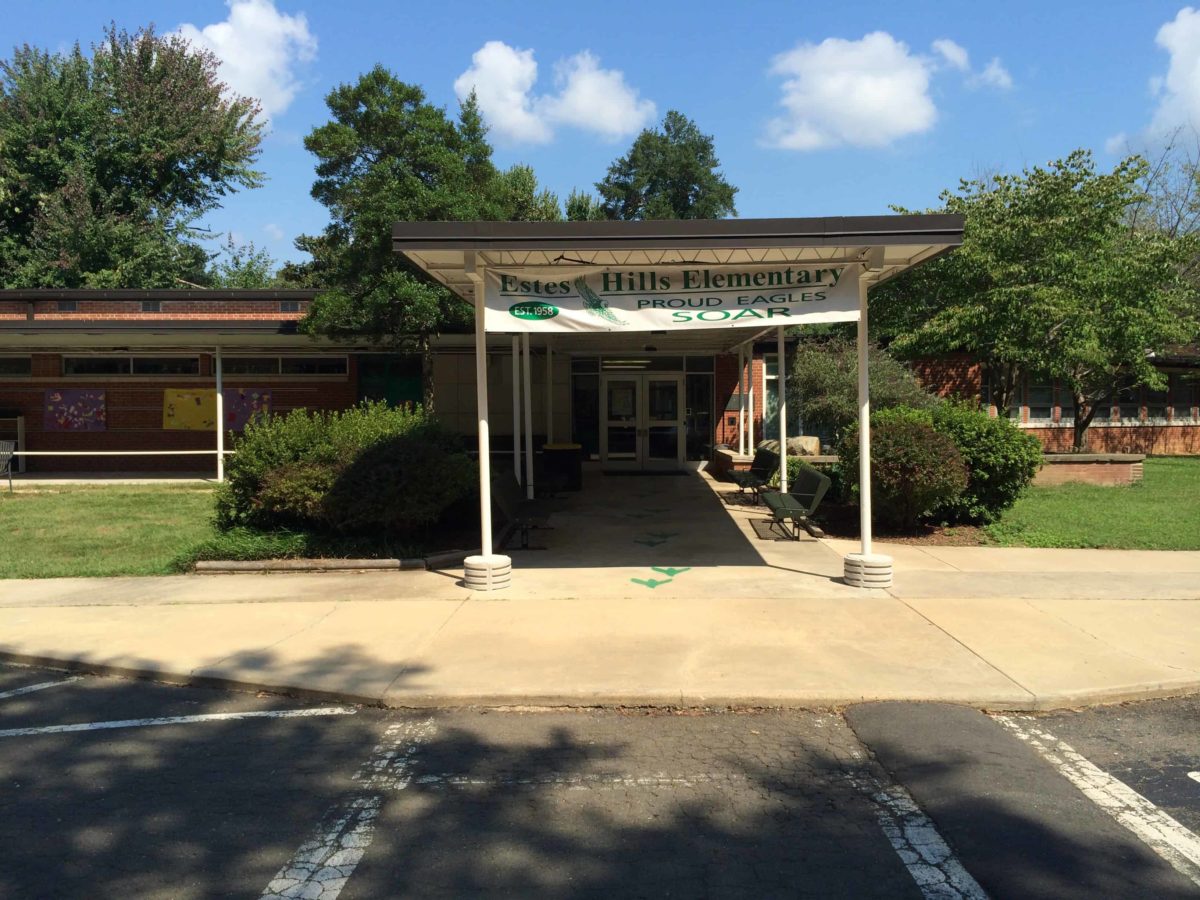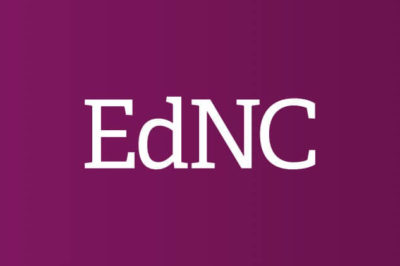
This week, January 25-31, is National School Choice Week. It is a good opportunity to think about school choice as it relates to having access to a high quality education in our public schools. For background information on school choice, please see Education Week’s Issues A-Z: Choice and the U.S. Department of Education’s definitions of school choices for parents. EdNC will be presenting a wide range of perspectives on school choice throughout the week and inviting you to participate in this conversation. Tell us what you think. Use the #SCW on Twitter to share your thoughts.
Today, North Carolina’s K-12 public education faces multiple opponents. One culprit is the erosion of the definition of (and faith in) the concept of “the public.” “Public” has many meanings but Webster’s defines “public” as “of, pertaining to, or affecting the people as a whole,” or “done, made, acting for the people or community as a whole, and also “maintained at public expense.” Clear for Webster, the definition of the “whole” or “the people” has long been contested.
But for public schools, the definition remains fairly clear. The “people” are those who live in school district lines, and the K-12 schools must serve them, all of them. For charter schools, the criteria are very different. The Charter School Act makes these schools publicly-funded, meeting one criteria of “public,” but they are applicant-based and not mandated to enroll any member of their community. The act also states that charter schools were established to “operate independently of existing schools,” with appointed, not elected, governing boards, and “to provide parents and students with expanded choice.”
Historically, the legislative language of “parental choice” in the public education debate has been selectively invoked and used to both expand and reduce state control over K-12 education. The term is not politically neutral, privileging the choices of certain parents over others.
In the early 20th century, North Carolina passed compulsory school attendance legislation over protests that the law eroded parental control.
In the early 20th century, North Carolina passed compulsory school attendance legislation over protests that the law eroded parental control. Opponents argued that they needed their children to work — for wages in the mills or for subsistence on the farms — as an economic necessity. African-American parents campaigned for a more equitably funded school system, but in a segregated system, their choices were not met.
After the Supreme Court ruled that segregated schools were unconstitutional, parental choice in North Carolina meant that the state would avoid meaningful integration for nearly 20 years. Authors of North Carolina’s plan to address the decision respected the alleged opposition of poor white parents to integration. The plan provided to all its white citizens local control of schools and “freedom of choice” plans, offering options for children who were assigned to schools “against the wishes of their parents.” In this case, parental choice meant the continuation of publicly-funded segregated schools.
Today, “parental choice” operates in a very different political context, far from the industrializing or Jim Crow North Carolinas of the past. Many North Carolinians value the expanded choices in state-funded education. But those choices often come at the expense of the “other” public schools.
The hidden and not-so-hidden rules of class make many charter schools, at least in the rural west, a place where “parental choice” often means that the schools “no longer pertain to the whole.”
A school operating independently from the existing system means that greater teacher and local control is deemed good for those who separate themselves from the “whole” but not for the rest. Application systems and enrollment caps mean a selection process for charter schools as opposed to an “all-comers” registration process for public schools. Public schools must transport and feed their students. The lack of such requirements for charter schools means the elimination of some students from working class and working poor families from their applicant pools. Some differences are not so class-based. But information about the socio-economic diversity of charter schools that is readily available about public schools (via Google or school secretaries) is not easily accessible for charter schools. The hidden and not-so-hidden rules of class make many charter schools, at least in the rural west, a place where “parental choice” often means that the schools “no longer pertain to the whole.”
Why does this matter? In a school district, the loss of students means the loss of an instructional position but not the loss of a mandate to educate all children. At a state level, the economic and political costs of maintaining a two-tiered school system have been deemed too high at times. Parental choice has not always been synonymous with public good or with increased individual opportunity. Democratic forms of government rely on an investment in “the public.” In an increasingly class-stratified world, public schools remain the institution that offers our citizens the chance to participate in “the whole.” Where will students learn to argue in a civically responsible way with those who have different beliefs, backgrounds, obstacles, and gifts?
As debates on public education occupy our state, history suggests that we should interrogate when and why “parental choice” is invoked. We should ask whose choices are being honored and whose are not. We should ask if such choice creates economic and political opportunity and equality. Finally, we should decide whether charter schools meet the definition of “public.”
Editor’s note: This article was first published on the website of Public Schools First NC.




